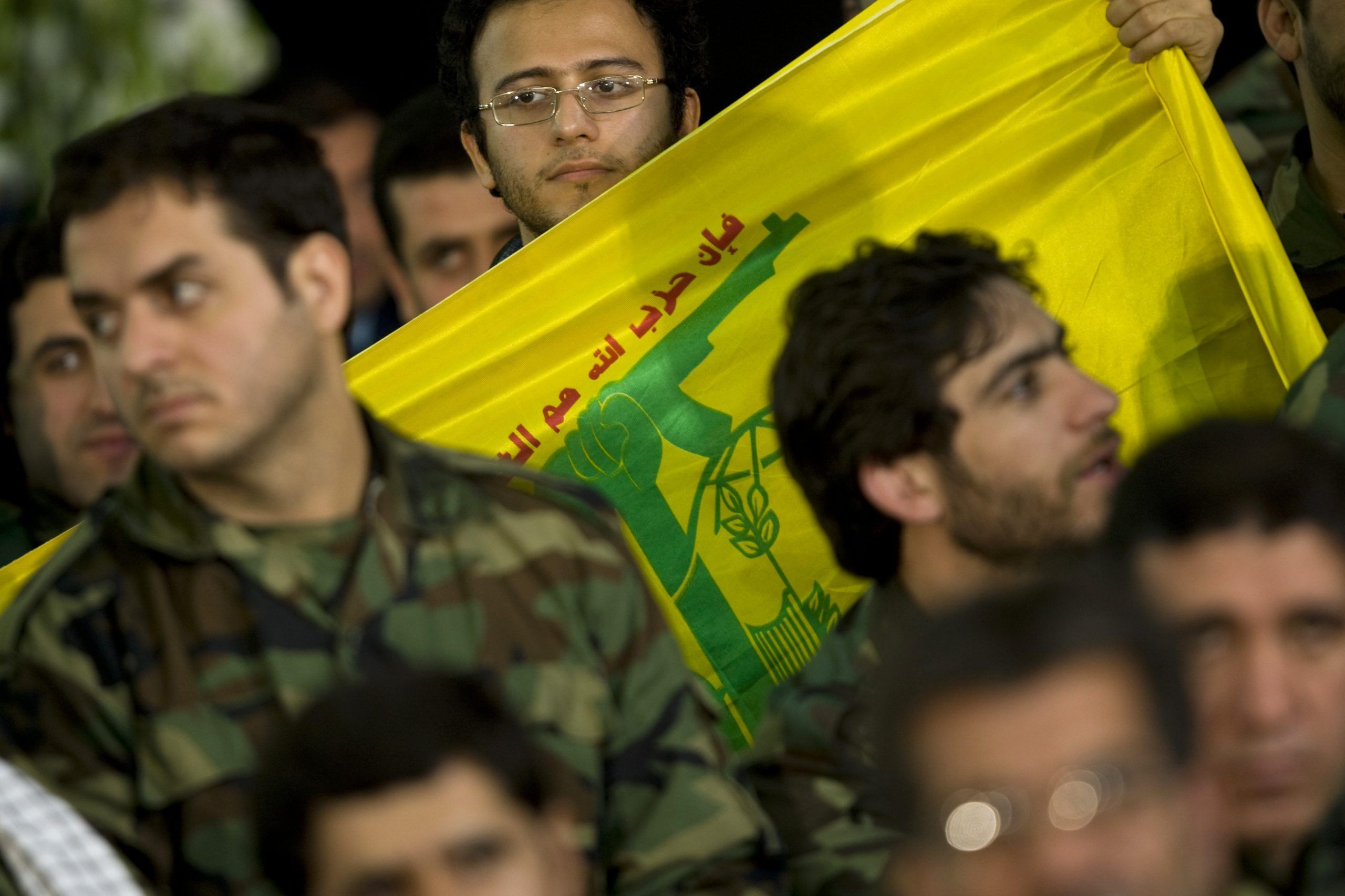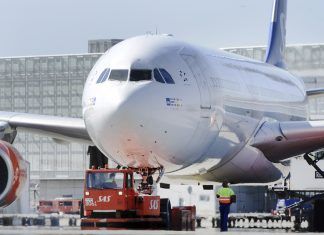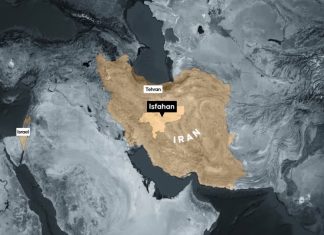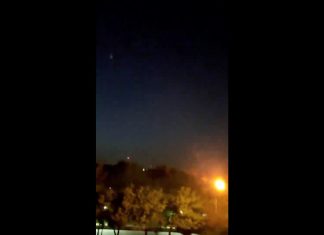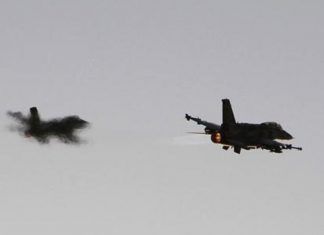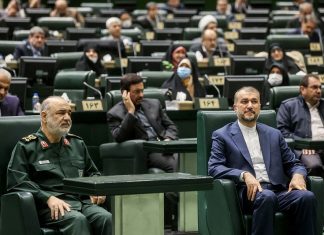Aug 5 (Reuters) – Tensions have been simmering in several areas of the Middle East where Iran or groups that it supports hold sway, a reminder of Tehran’s ability to challenge the West and its allies as negotiations over its nuclear programme remain on pause.
Saudi Arabia’s foreign minister said on Tuesday he sees an emboldened Iran acting in a negative manner around the region, endangering shipping, arming Yemen’s Houthis and contributing to political deadlock in Lebanon.
Here are areas where Iran and its allies operate:
PERSIAN GULF WATERS
Friction between Iran and the West has historically played out in the Persian Gulf waters through which much of the world’s oil is shipped. Iran has previously threatened to disrupt oil shipments through the Strait of Hormuz if the United States tried to strangle its economy through sanctions.
There were several attacks on tankers in the Persian Gulf waters in 2019 when tensions worsened after then U.S. President Donald Trump quit a 2015 nuclear pact between Iran and major powers and re-imposed crippling sanctions on Iran.
The U.S. Fifth Fleet, based in Bahrain, is tasked with protecting commercial shipping in the area. Iranian naval forces include fast-boats operated by the Revolutionary Guards.
Last week, two crew were killed in an attack on an Israeli-managed petroleum product tanker off the coast of Oman. The United States believes Iran carried out the attack using explosive-laden drones. Britain and Israel have also accused Iran. Tehran denies responsibility.
In another incident, the United States said on Wednesday that it believed that Iranians hijacked a Panama-flagged tanker in the With Middle East Allies, Iran Can Pack Regional PunchGulf of Oman, but was not in a position to confirm this. Iran denied any role.
Iran and Israel have traded accusations of attacking each other’s vessels in recent months.
IRAQ
Iran-backed Shi’ite groups gained strength in Iraq after the 2003 U.S.-led invasion and now have tens of thousands of fighters. They played a leading role in battling Islamic State, fighting as part of the Hashid Shaabi, or the Popular Mobilisation Forces (PMF).
The Iran-backed groups have been carrying out increasingly sophisticated attacks against the United States and its allies.
Iran has established new covert groups in Iraq trained in drone warfare, surveillance and online propaganda, Reuters reported in May.
Iraqi security officials and Western sources have said the new groups were behind attacks including against U.S.-led forces at Iraq’s Ain al-Asad air base, Erbil International Airport and against Saudi Arabia in January, all using drones laden with explosives.
A flurry of attacks in July targeted U.S. personnel.
A senior Iranian Revolutionary Guard commander urged Iraqi Shi’ite militias to step up attacks on U.S. targets, three militia sources and two Iraqi security sources said at the time.
Some of the Iran-backed Iraqi groups have fought in Syria in support of President Bashar al-Assad, another ally of Tehran. U.S. forces came under fire in June in eastern Syria in apparent retaliation for U.S. air strikes against Iran-aligned militia in Syria and Iraq.
LEBANON
Hezbollah, meaning “Party of God”, was set up with help from the Iranian Revolutionary Guards in 1982 with the aim of fighting Israeli forces that had invaded Lebanon. It has remained a sworn enemy of Israel, which sees it as the biggest threat at its borders.
The group has tens of thousands of fighters.
The United States holds Hezbollah responsible for a suicide bombing that destroyed the U.S. Marine headquarters in Beirut in October 1983, killing 241 servicemen, and two suicide bombings on the U.S. embassy in 1983 and its annex in 1984.
Hezbollah has trained paramilitary groups in Syria and Iraq and inspired other forces such as Yemen’s Iran-allied Houthis.
Its political clout in Lebanon has grown: Hezbollah and its allies won a majority in a 2018 parliamentary election and its role in government has expanded.
Washington deems Hezbollah a terrorist group and has targeted it as part of a campaign to exert pressure against Iran, with sanctions imposed on members and businessman accused of supporting the group.
Rockets were fired into Israel this week from areas of Lebanon where Hezbollah holds sway. No group claimed the attack. Israeli jets struck what its military said were rocket launch sites in Lebanon on Thursday.
YEMEN
The Iran-aligned Houthi movement has been battling a Saudi-led military alliance in Yemen since 2015.
Iran champions the Houthis as part of its regional “axis of resistance”. Saudi Arabia and its allies accuse Iran of arming and training the Houthis. But the extent of the relationship is disputed and Tehran has denied funneling weapons into Yemen.
The Houthis’ military clout includes ballistic missiles that they have used against Saudi Arabia, including energy installations. They deny being Iranian proxies and say they manufacture their own weapons.
The coalition also accuses them of attacks on commercial vessels in the Red Sea using explosive-laden boats.
The Houthis claimed responsibility for an attack that temporarily cut more than half of Saudi oil output in September 2019, though the United States said Iran was behind the attack.
PALESTINIAN HAMAS
The Palestinian Islamist group Hamas, which rules Gaza, has a powerful armed wing boosted by Iranian financial and military support.
Hamas’ stronger arsenal, for which the group has previously credited Iran, was evident during an 11-day war with Israel in May. Israel said Hamas, the smaller Islamic Jihad and other militant groups fired around 4,350 rockets from Gaza during the conflict, of which around 640 fell short into the Gaza Strip.
Iran called it a “historic victory” over Israel.
Israel also claimed victory, saying 90% of the rockets that crossed into Israel had been intercepted by its Iron Dome missile defence system.
(Writing by Tom Perry Editing by Frances Kerry)

